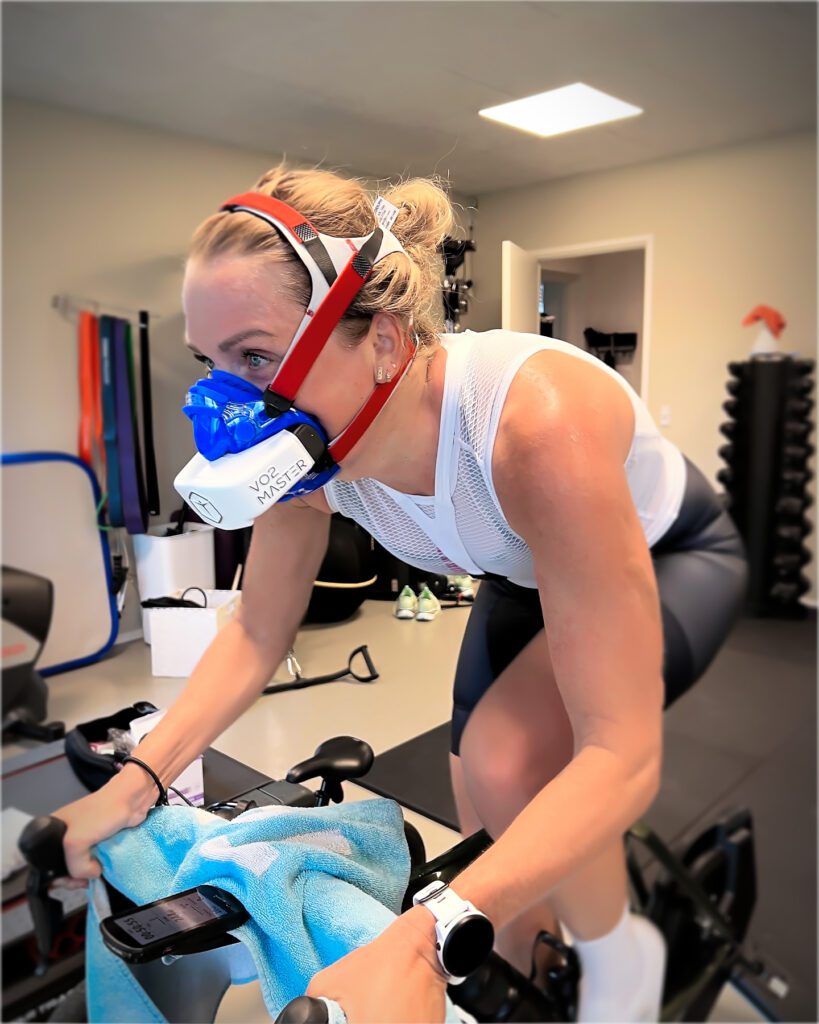Rehabilitation is an essential part of the healing process for individuals recovering from injury, surgery, or chronic conditions. Traditional physiotherapy treatments like manual therapy and stretching are fundamental, but there is an increasingly popular and effective addition to rehabilitation programs: the physio gym therapy. A physio gym, a specialized space for physical therapy and exercise, offers a dynamic environment that helps patients rebuild strength, enhance mobility, and achieve long-lasting recovery through personalized, targeted exercises.A physio gym represents a modern, holistic approach to rehabilitation, focusing on building physical strength and function while ensuring that recovery is safe, efficient, and well-rounded. Unlike a traditional gym, which focuses on general fitness, a physio gym is designed with equipment and programs specifically geared toward rehabilitation and injury recovery, making it an essential part of a modern physiotherapy treatment plan.
What is a Physio Gym?
A physio gym is a dedicated space equipped with specialized equipment and tools to aid in physical rehabilitation. The facility is typically designed to facilitate safe exercise and movement therapy under the supervision of a qualified physiotherapist. It combines a variety of exercise modalities—strength training, aerobic conditioning, balance exercises, and mobility work—to help patients restore their physical function.
In a physio gym, physiotherapists work closely with patients to create individualized exercise plans that focus on rebuilding strength, flexibility, and coordination. This approach allows for a gradual, progressive recovery process, ensuring that the exercises are adapted to each patient’s needs and abilities. Whether the goal is to regain muscle strength, recover from an injury, or manage a chronic condition, a physio gym provides an effective, personalized environment for healing.
The Importance of Building Strength in Rehabilitation
Strength building is a cornerstone of the rehabilitation process. After an injury, surgery, or long-term illness, the body often loses muscle mass, endurance, and overall strength, which can delay recovery and affect daily functioning. Rebuilding strength is essential for improving mobility, reducing pain, and preventing future injuries. Here’s why strength is so important in the rehabilitation process.Strength is crucial for performing everyday activities, from walking and climbing stairs to lifting objects and bending down. When muscles are weak, movements become more difficult and inefficient, which can lead to compensatory patterns that put additional stress on other parts of the body. By rebuilding strength, patients regain the ability to perform daily tasks with greater ease and less pain.
Pain Reduction
Weak muscles around joints and soft tissues often result in increased pain and discomfort. Strengthening the muscles provides better support for the joints, reducing the strain on the tissues and minimizing the sensation of pain. This is particularly important for individuals recovering from joint or soft tissue injuries, such as sprains, strains, or post-surgical rehabilitation.Weakness in key muscle groups can lead to instability, which increases the risk of falls, further injuries, and long-term functional limitations. Strengthening exercises in a physio gym target core muscles, lower limbs, and stabilizing muscles, which helps to enhance balance and stability. This is especially beneficial for individuals recovering from a fall, surgery, or those who are at risk of falls due to aging or a medical condition.One of the most significant benefits of strength-building exercises in a physio gym is injury prevention. When patients rebuild strength through targeted exercises, they not only recover more effectively but also reduce their risk of re-injury. Strong muscles and joints are better equipped to handle physical stress and strain, making it less likely that the patient will experience the same injury again in the future.
Key Components of Strength Building in a Physio Gym
In a physio gym, physiotherapists utilize a combination of tools, techniques, and equipment to help patients build strength. These elements are carefully selected to suit the patient’s specific rehabilitation needs, whether they are recovering from surgery, dealing with chronic pain, or managing a sports injury.esistance training is one of the most effective ways to rebuild strength, and it plays a central role in a physio gym. Using equipment such as resistance bands, free weights, weight machines, and cable systems, physiotherapists guide patients through progressively challenging exercises that target specific muscle groups. Resistance training helps patients regain muscle mass, improve muscle endurance, and increase overall strength.The key benefit of resistance training in a physio gym is that it’s tailored to the patient’s abilities. Exercises are adjusted based on the patient’s condition, allowing for gradual progression that enhances recovery without causing strain or injury.
Functional Movement Exercises
Functional movements are exercises that mimic everyday activities, such as squatting, bending, lifting, and reaching. These movements help rebuild strength and mobility in a way that directly translates to real-life tasks. For instance, exercises that involve bending and lifting help strengthen the muscles and joints used in these everyday motions, allowing patients to regain independence and resume normal activities.Functional movement exercises are particularly beneficial for people recovering from surgery, injury, or musculoskeletal conditions. They focus on enhancing joint stability, flexibility, and strength in a way that is both effective and practical.The core muscles—those in the abdomen, lower back, and pelvis—are essential for stability, balance, and overall movement. A strong core is necessary for maintaining proper posture, preventing strain on the back, and improving mobility. In a physio gym, core strengthening exercises such as planks, leg raises, and rotational movements are often incorporated into rehabilitation programs to support spinal alignment and improve balance.A strong core also plays a key role in preventing injuries by providing a stable foundation for other movements. It reduces the strain on the muscles and joints, particularly in the lower body.
The Role of Physiotherapists in a Physio Gym
In a physio gym, physiotherapists play a critical role in guiding patients through their rehabilitation journey. They assess the patient’s individual needs and design personalized programs that combine strength training, flexibility exercises, and functional movements. Physiotherapists closely monitor patients’ progress, adjusting exercises as necessary to ensure that the patient is working within their physical capabilities while still making meaningful progress.Moreover, physiotherapists provide the education and support patients need to understand the importance of each exercise and how it contributes to their recovery. By maintaining a close relationship with their patients and fostering an environment of trust and motivation, physiotherapists help patients stay on track and achieve the best possible outcomes.
Conclusion
A physio gym is a modern and highly effective approach to rehabilitation that helps patients rebuild strength, restore mobility, and prevent future injuries. By combining strength training, functional exercises, and personalized rehabilitation programs, a physio gym accelerates recovery and promotes long-term physical wellness.









